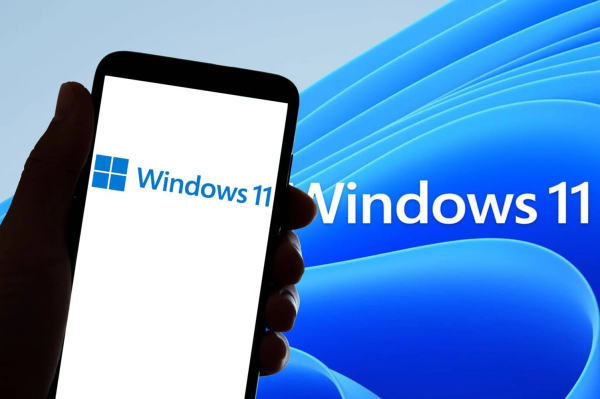A decade ago, Microsoft launched its new operating system to succeed Windows 7, Windows 8, and Windows 8.1. By 2020, the software was already installed on over one billion devices worldwide, including desktop and laptop computers, Xbox One consoles, and HoloLens headsets.
Technical support for Windows 10 officially ended on Tuesday, October 14, marking the end of free software updates, technical assistance, and automatic security patches through Windows Update. Microsoft is now urging users to migrate to Windows 11, which it promotes as faster, simpler, and more secure.
Users already on Windows 11 are unaffected. But those still on Windows 10 face increased cybersecurity risks. The National Agency for Information Systems (ANSI) of Niger issued a warning on October 12, advising public institutions, businesses, and individuals to upgrade immediately.
To install Windows 11, Microsoft requires a 64-bit processor with at least two cores running at 1 GHz, 4 GB of RAM, 64 GB of storage, and a graphics card compatible with DirectX 12 and WDDM 2.0. The company offers a free verification tool, PC Health Check, to determine system compatibility.
Users can download the tool from Microsoft’s website, install it, and run the test to see if their computer can handle Windows 11. If the device doesn’t meet requirements, the tool identifies which component falls short.
For unsupported devices, Microsoft provides a paid program called Extended Security Updates (ESU), which offers critical security patches until 2028 for licensed systems. ANSI warns, however, that remaining on Windows 10 without ESU exposes users to significant security vulnerabilities.



















